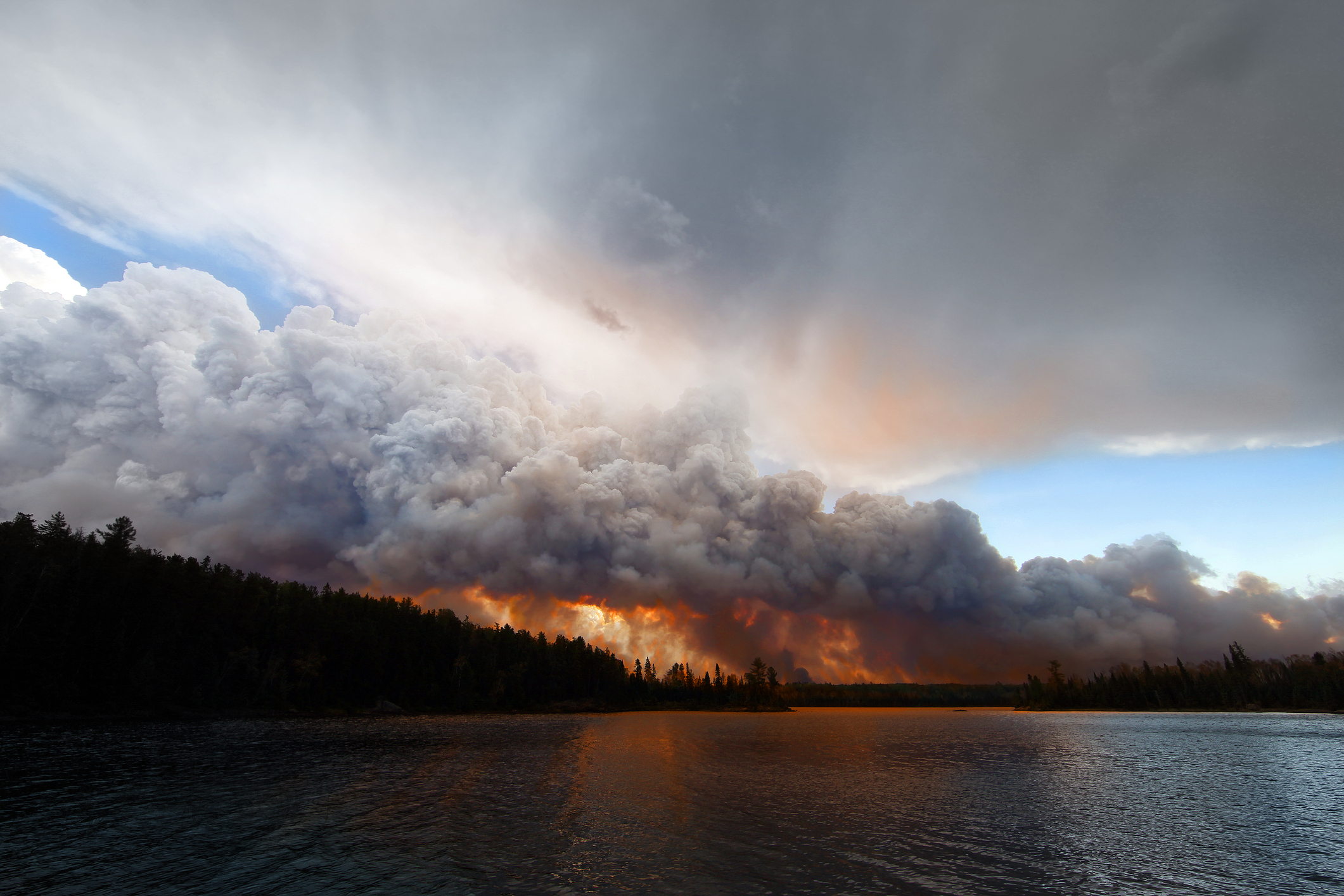
As if 2020 wasn’t already challenging, a perfect storm of high winds and Labor Day activities ignited a wildfire, the Evans Canyon fire, just north of Yakima. While wildfires can be difficult to predict, maintaining an emergency plan within your home, and even your neighborhood, can make all the difference should the time come to evacuate. September is Emergency Preparedness Month, and this month we’re looking at how to keep you and your home as safe as possible from wildfires.
Keeping yourself safe
First and foremost, be prepared to evacuate. This includes you, anyone who lives with you, and any pets. If you don’t have one already, create an emergency kit that includes any important documents, medications, and personal identification. If you have pets, include these items for them too—such as vaccination records and extra pet food. The National Fire Protection Association has a great graphic to help you complete your emergency supplies kit (PDF).
Stay up-to-date with your local media and fire department. These days, most of these agencies update hourly on Twitter—you can find the Yakima Fire Department here. You don’t need an account to read their tweets, and they are easily accessed from any device with cellular or wifi and an internet browser.
Close all windows, vents, pet doors, garage doors, and other openings to protect your air quality. Smoke is notorious for the damage it can do to your respiratory system, especially over prolonged periods of time. With the Evans Canyon fire so close, Yakima is awash in smoke. Try to eliminate or reduce any indoor air pollution such as smoking, candles (we know it smells!), aerosol sprays, or incense. Try not to use your stovetops or oven. Do not overheat! If you must open doors or windows to cool down, watch for clear patches, or open windows on the opposite side of your home from the direction the wind is blowing. This will help prevent any smoke from blowing directly through your home. If you have an HVAC system or window AC unit, set the air to recirculate.
Keep activity levels low. The more vigorous the activity, the higher your heart rate—meaning the more air you need. Keep activities to a minimum for you and your pets.
Evacuate if and when you need to. Be sure to grab your emergency supply kit and follow any emergency services’ orders and directions on where to go and how to get there. If you feel unsafe, don’t wait for orders!
Keeping your home safe
September is one of Yakima’s driest months. Compounded with Labor Day activity, it’s an ideal ignition source for wildfires—90% of which are human-caused. And though ignition can be sudden, the path of a fire can be fairly simple to predict. With this in mind, you can take certain steps to prepare your home for a wildfire. (Photo courtesy of the NFPA)
Keep your ignition zone in mind. The Home Ignition Zone, or HIZ, was devised in the 1990s. It applies to three zones around your home: the immediate zone, zero to five feet; the intermediate zone, five to 30 feet; and the extended zone, 30 to 100 feet. When preparing your home, work from the inside (immediate zone) out (extended zone).
- Make sure that your gutters are maintained and cleaned regularly.
- Maintain your roof—replace/repair any missing or broken shingles.
- Apply appropriate 1/8″ mesh screens to your exterior vents.
- Replace or repair any torn or broken window screens or windows.
- Move any flammable material from your exterior walls—this includes any plants, mulch, leaves, needles, etc.
- Maintain any and all landscaping. Clear dead plant matter (leaves, needles) as needed to reduce fuel material.
- Consider how your driveway, sidewalks, and decorative stones or paths create fuel breaks in the event of a fire.
- Keep your grass mowed and your trees trimmed. This can help prevent ground fires from rising up into treetops—and eventually on to your roof.
You can find more zone-specific information on wildfire protection for your home from the NFPA.
Wildfires can be very scary and stressful, especially when they’re close. However, the better prepared you are, the better your chances of being ready should the need arise. For more information or assistance with an emergency prep plan, contact the Yakima Fire Department (after Evans is out, of course).



